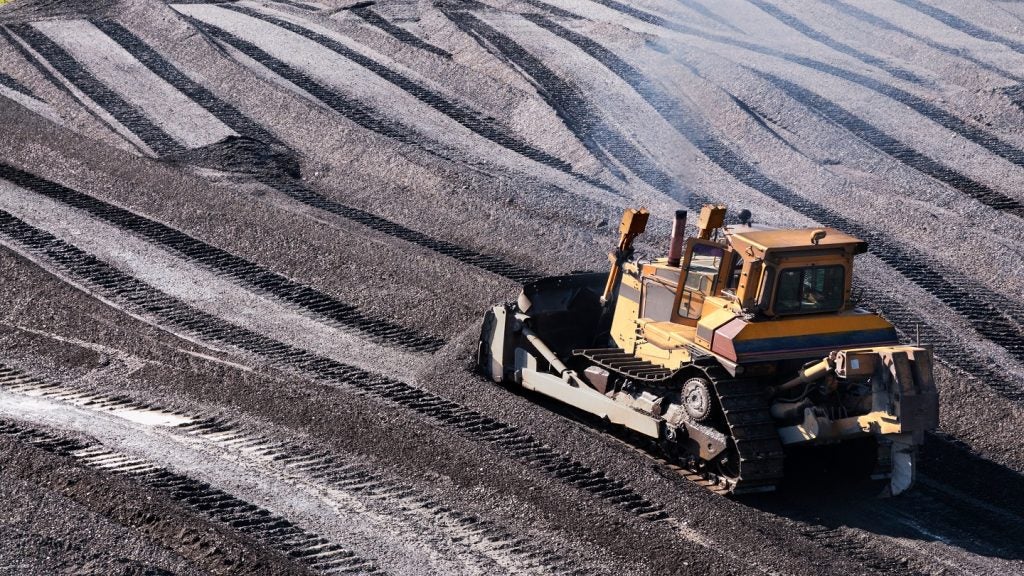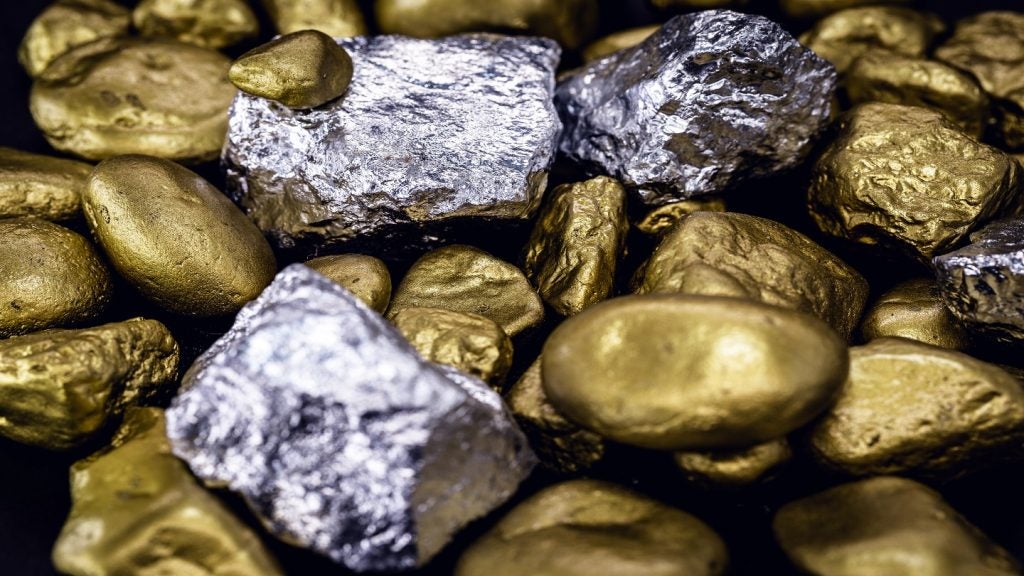

Toxic sodium cyanide has been used in gold mining since 1887, and it remains the primary reagent in use for gold processing today because it allows for efficient extraction of gold from low-grade ore.
Since a tailings dam burst at gold mining company Aurul’s Baia Mare mine in Romania in 2000, leaking cyanide into the Somes River and killing large numbers of fish in Hungary and Yugoslavia, the use of cyanide has been closely regulated in most countries and banned in others. In fact, in response to the spill the International Cyanide Management Code (ICMC) was created and many companies have since become signatories.
However, despite increased awareness of the dangers of cyanide, spills and leaks still happen.
In September, Barrick Gold’s Veladero mine in western Argentina leaked cyanide from a defective valve prompting a court order that forced the miner to temporarily halt pumping the cyanide solution used in the leaching process.
How well do you really know your competitors?
Access the most comprehensive Company Profiles on the market, powered by GlobalData. Save hours of research. Gain competitive edge.

Thank you!
Your download email will arrive shortly
Not ready to buy yet? Download a free sample
We are confident about the unique quality of our Company Profiles. However, we want you to make the most beneficial decision for your business, so we offer a free sample that you can download by submitting the below form
By GlobalDataSeparately, at least six people died and more than 20 people were missing after an iron ore dam burst at the Samarco-owned Germano mine in south-eastern Brazil in November. BHP Billiton and Vale Mining are both investors in the mine. Although it is not known if cyanide was used at the mine, the disaster demonstrates that tailing dam breaches are still happening, and with devastating effects.
A 2011 report into cyanide use at mine sites claims that, in the past 25 years, more than 30 major accidents involving cyanide have occurred worldwide.
It is perhaps no surprise then that communities are becoming increasingly uneasy about new mines that use cyanide being granted licences to operate in their back yards.
In southern New South Wales (NSW), Australia, a peach farmer uprooted her 25,000 peach and nectarine trees after Unity Mining changed its proposal for the nearby Dargues Reef gold mine at Majors Creek to include a cyanide processing plant.
The company has since withdrawn its proposal to use the hazardous substance after 400 submissions were received by the NSW Planning and Environment Department, including from government agencies, that objected to the proposal.
Such resistance is a major problem for miners that must, now more than ever, secure a social licence to mine or risk years of political wrangling and public backlash, resulting in costly delays.
Is cyanide as harmful as people perceive?
Cyanide is acutely toxic to humans, other mammals and aquatic species at relatively low dosages, as it interferes with oxygen utilisation. However, cyanide is not carcinogenic and does not bioaccumulate – build up within the tissues of organisms – and a non-lethal dose is metabolised in the body.
“There is no doubt that a lot of communities’ concerns over cyanide are legitimate,” says Gavin Mudd, a lecturer in the Department of Environmental Engineering at Monash University, Australia. “It’s a real problem, a real issue.”
This is particularly true when mining companies have a poor track record and go back on the promises they make to the community, as is the case with Unity Mining in Australia. Not only did the company break its promise not to use cyanide, but the man presiding over the Dargues Reef Mine proposal was once in charge of an Australian mine in the Philippines which discharged cyanide-laden waste into creeks, killing fish and other marine creatures.
Christine Blackmore, a lead cyanide auditor with the ICMI and associate director at Wardell Armstrong, says that mining companies need to adopt more education and transparency when it comes to cyanide and local communities.
“The word ‘cyanide’ conjures up the worst fears,” says Blackmore.
But actually the concentration of the chemical used in the processing of ores is very diluted, she points out. According to the ICMC, the amount of cyanide used in commercial gold operations is typically in the range of 0.01% and 0.05% cyanide (100 to 500 parts per million), and the code’s website states that no accidental human deaths due to cyanide poisoning have been documented by the Australian and North American mining industries for over 100 years.
Accidents and spills generally only occur when a company fails to design, build and operate a mine safely, especially in regards to the tailings dam.
“The major spills have nearly always been caused by the tailings dam – they might be old, not inspected frequently enough and by a good geotechnical engineer,” Blackmore says. “The lining systems may not be installed correctly; there might be over topping.”
“Not everybody does the correct method, they may do something else for quickness.”
Mudd warns that, in times of a downturn in commodity prices when miners are forced to be more cost-efficient, corners may be cut.
“Tailings dams are often considered capital and, if a mining company can defer spending that capital, they might decide to leave the tailings dam at near full capacity and only do the minimum needed to keep operations going,” he says.
“Especially across the gold sector the majority of mining companies are junior to mid-tier; they are not the big players like Barrick and Newmont. They would be at greater risk of that sort of thing.”
Removing the cyanide from gold processing
Cyanide is used in the majority of gold processing operations simply because it is cheap and effective.
“Others chemicals such as disulphide are not as effective and do not work on as many ores,” says Mudd. “They are also generally more expensive and often take longer to process, need a bigger processing plant and often don’t remove the environmental risk.”
Other chemicals, such as mercury which is commonly used in artisan mining, is considered to be even more harmful than cyanide.
In June, Australia-based CSIRO announced that its patented cyanide-free thiosulphate process, which the research organisation had been developing for 20 years, was adding value to Barrick Gold’s Goldstrike plant in Nevada, US. The first gold bar produced with the thiosulphate process was poured in late 2014.
“Replacing cyanide with the non-toxic thiosulphate stands to reduce environmental risks and open other opportunities in countries where gold cyanidation is banned,” CSIRO team leader for gold processing, Dr Paul Breuer said in June.
“Thiosulphate processes may also be viable for low-grade deposits or deep ore bodies, where in-situ recovery would be safer for workers and the environment,” he added.
CSIRO said the thiosulphate process will enable Barrick to contribute an average of 350 to 450 thousand ounces of gold each year to their operation.
Other potential alternatives to cyanide include the Haber Gold Process, which technology company Haber says is both non-toxic and more efficient than conventional solvents, such as mercury and cyanide. Additionally, the cyanide-free biocatalyzed leaching process from YES Technologies, is said to be 200 times less toxic than cyanide.
All three of these alternative gold separation processes are fairly nascent technologies and not as cheap or well-established as cyanide, although they could be serious contenders as a replacement in the future.
Cyanide still has an important role in gold mining and when used will always be a risk. Though Mudd believes: “Cyanide can be managed…However, it does require a lot of due diligence and careful attention.”
“Using best practices and auditing is the best thing and mining companies are doing that,” agrees Blackmore.
“Mining companies must consider: have you got a closure plan? Is there an emergency response in place? Are standard operational procedures in place?” In reality, cutting corners and bad management only create increased costs in the long-run and community discontentment which could jeopardise future social licenses to operate.







